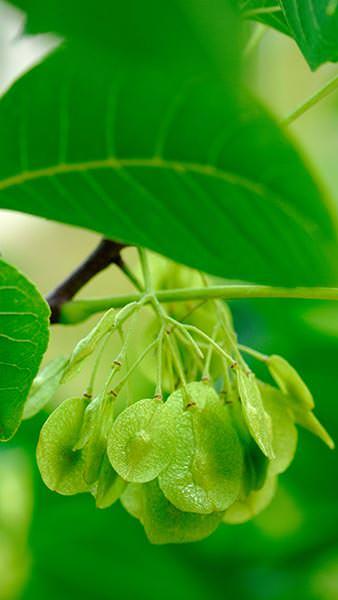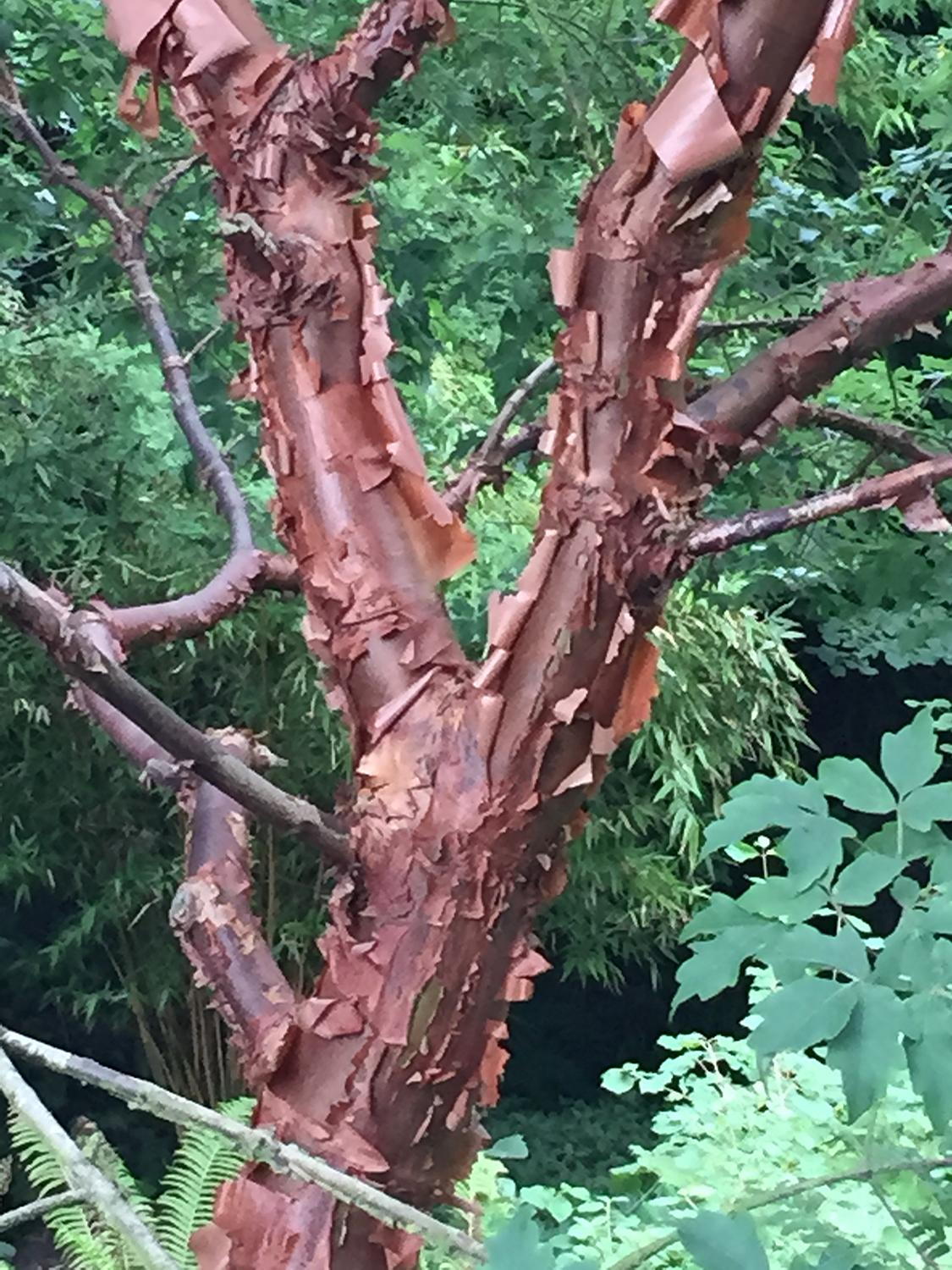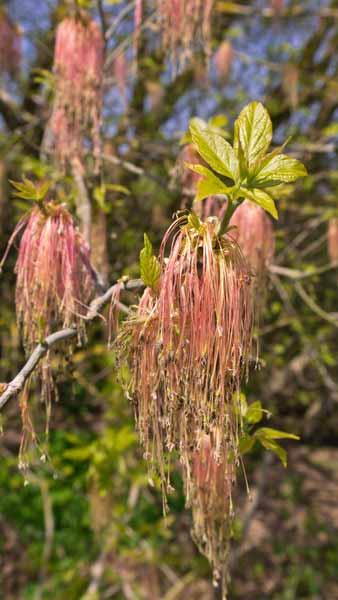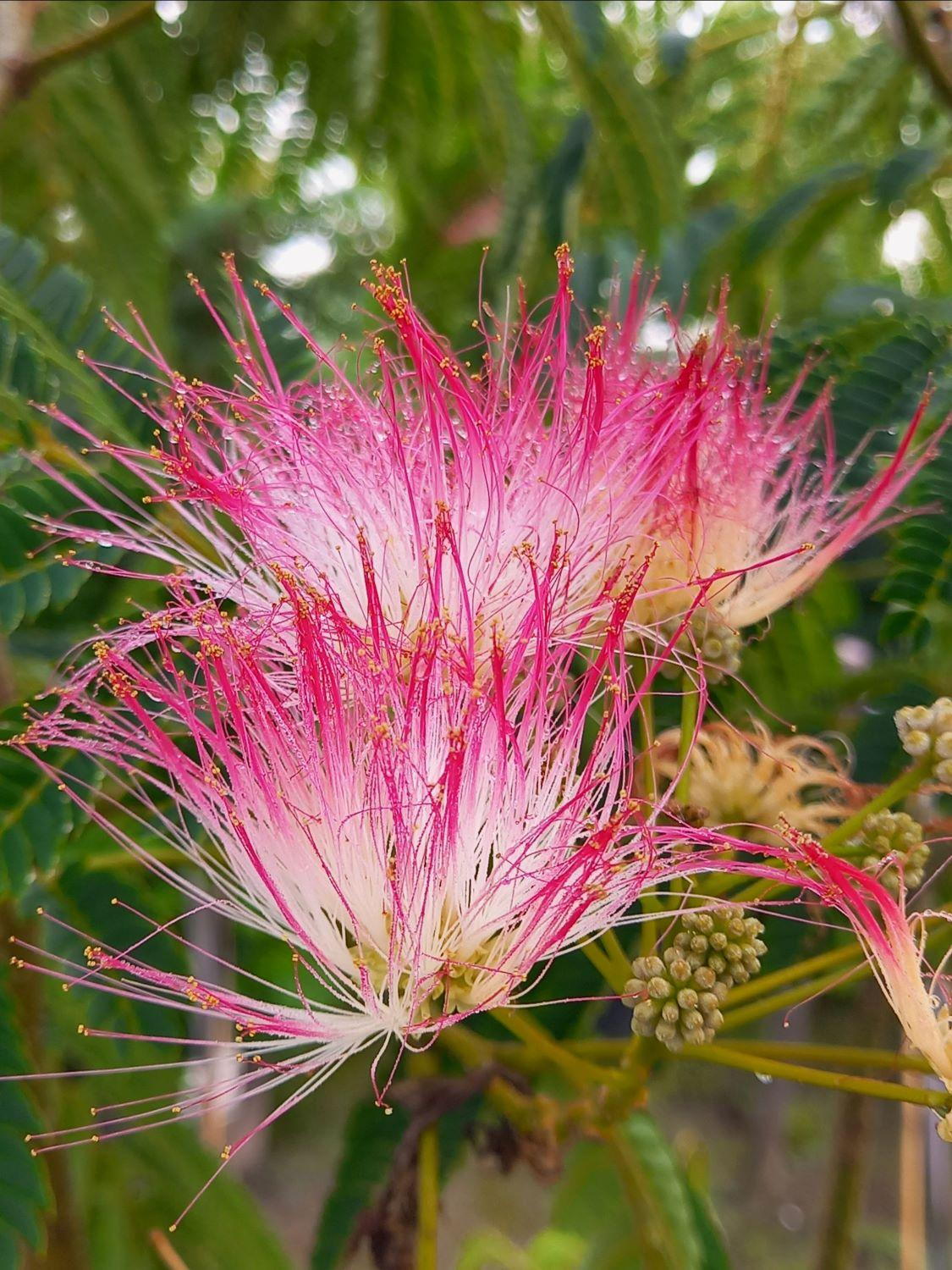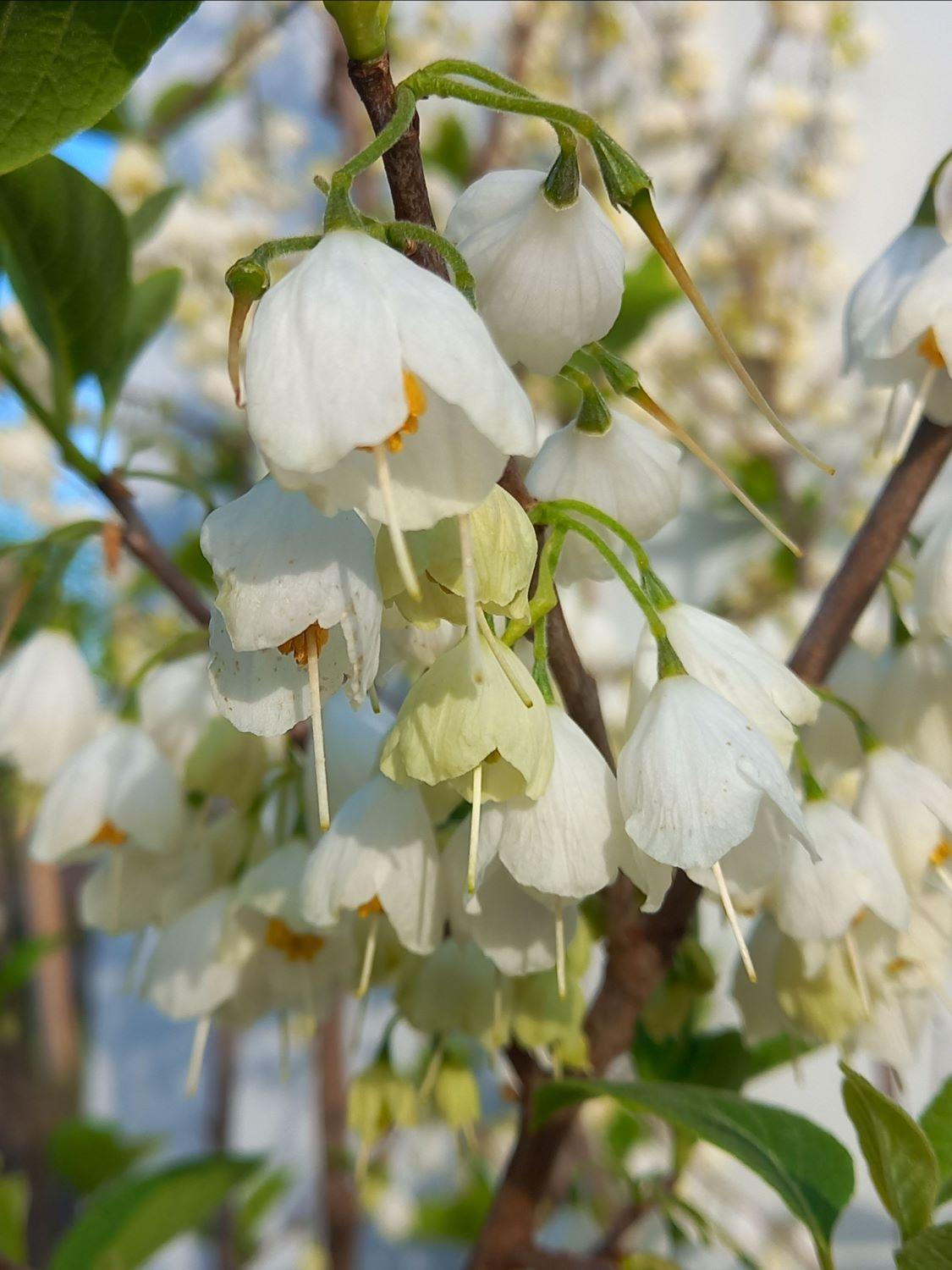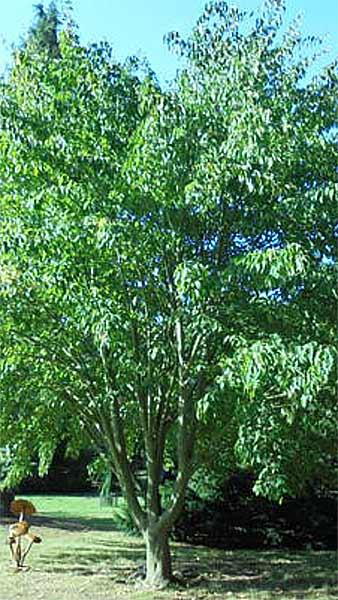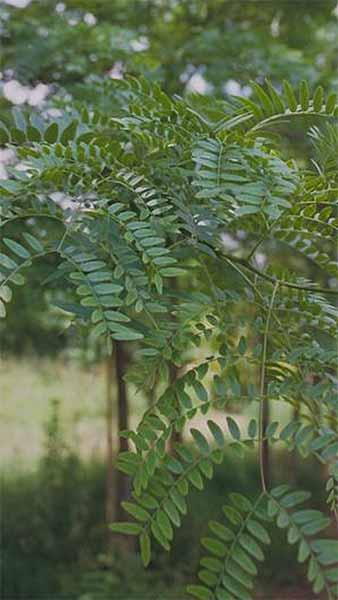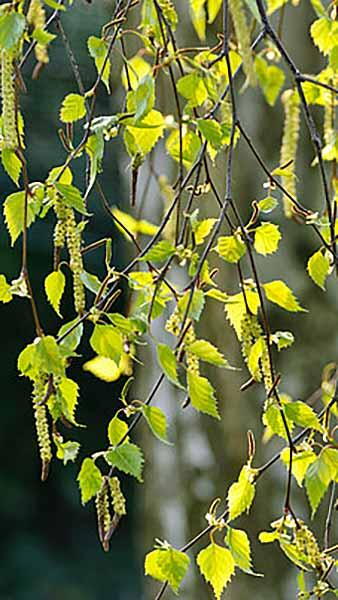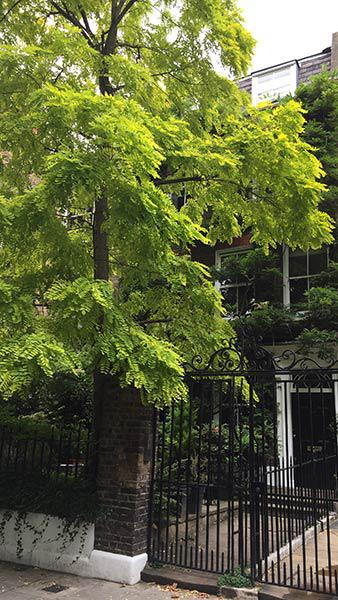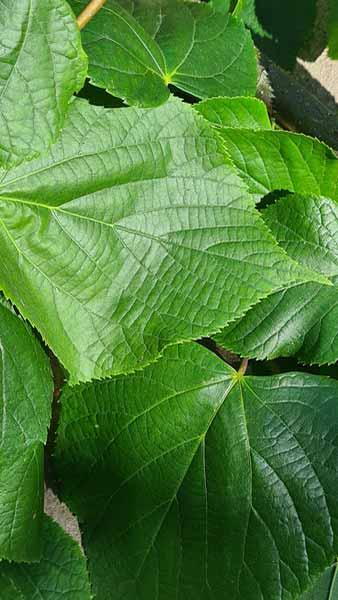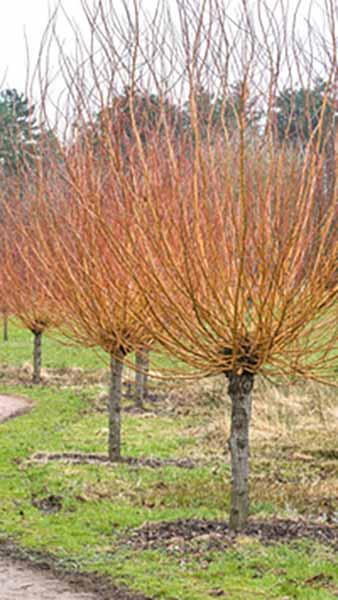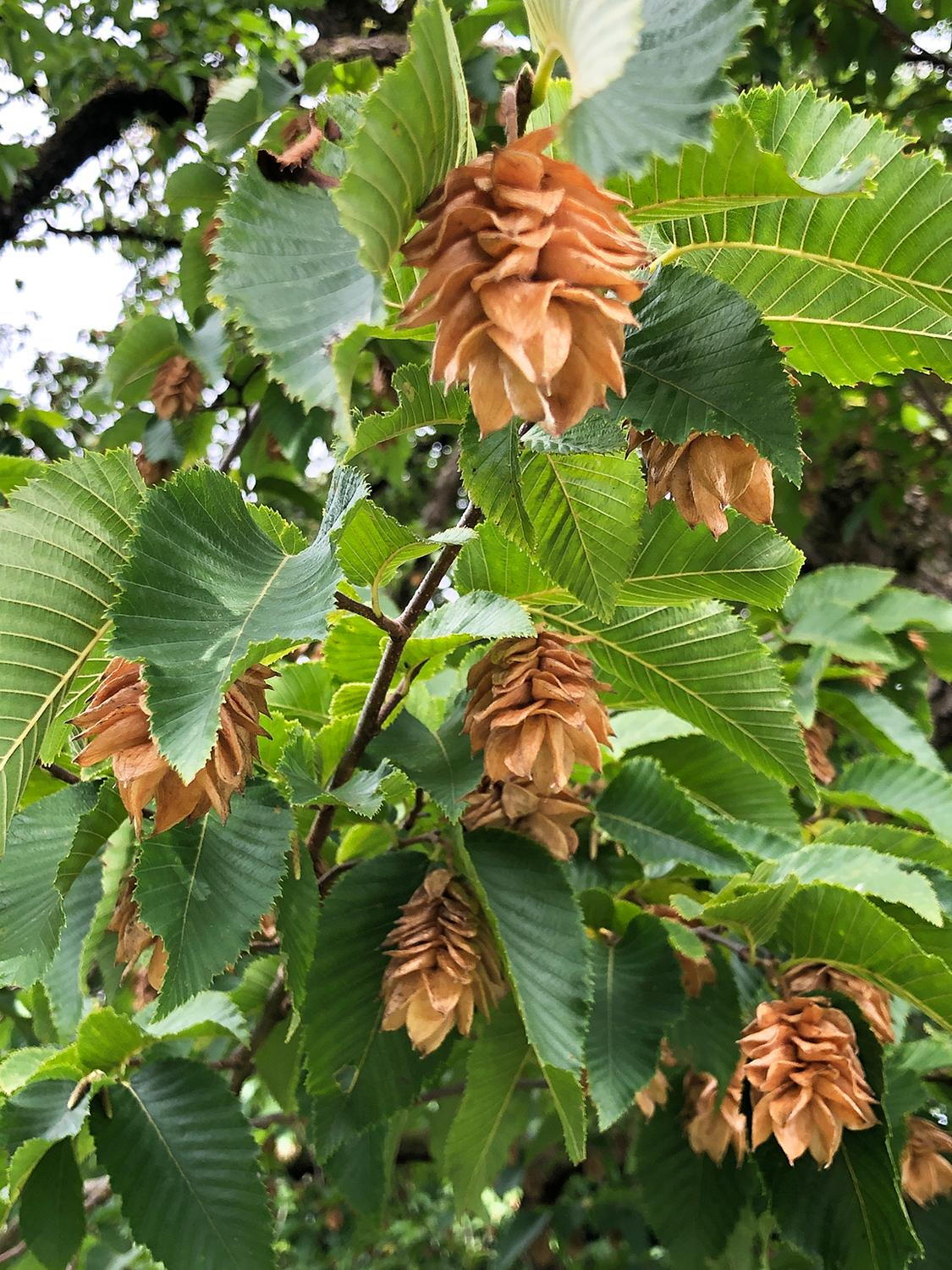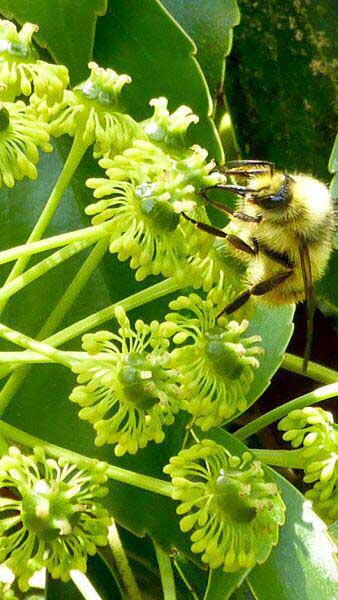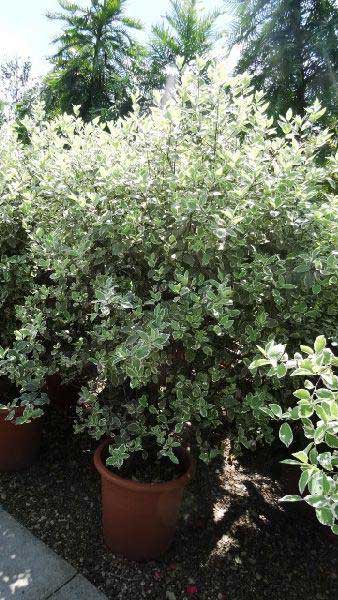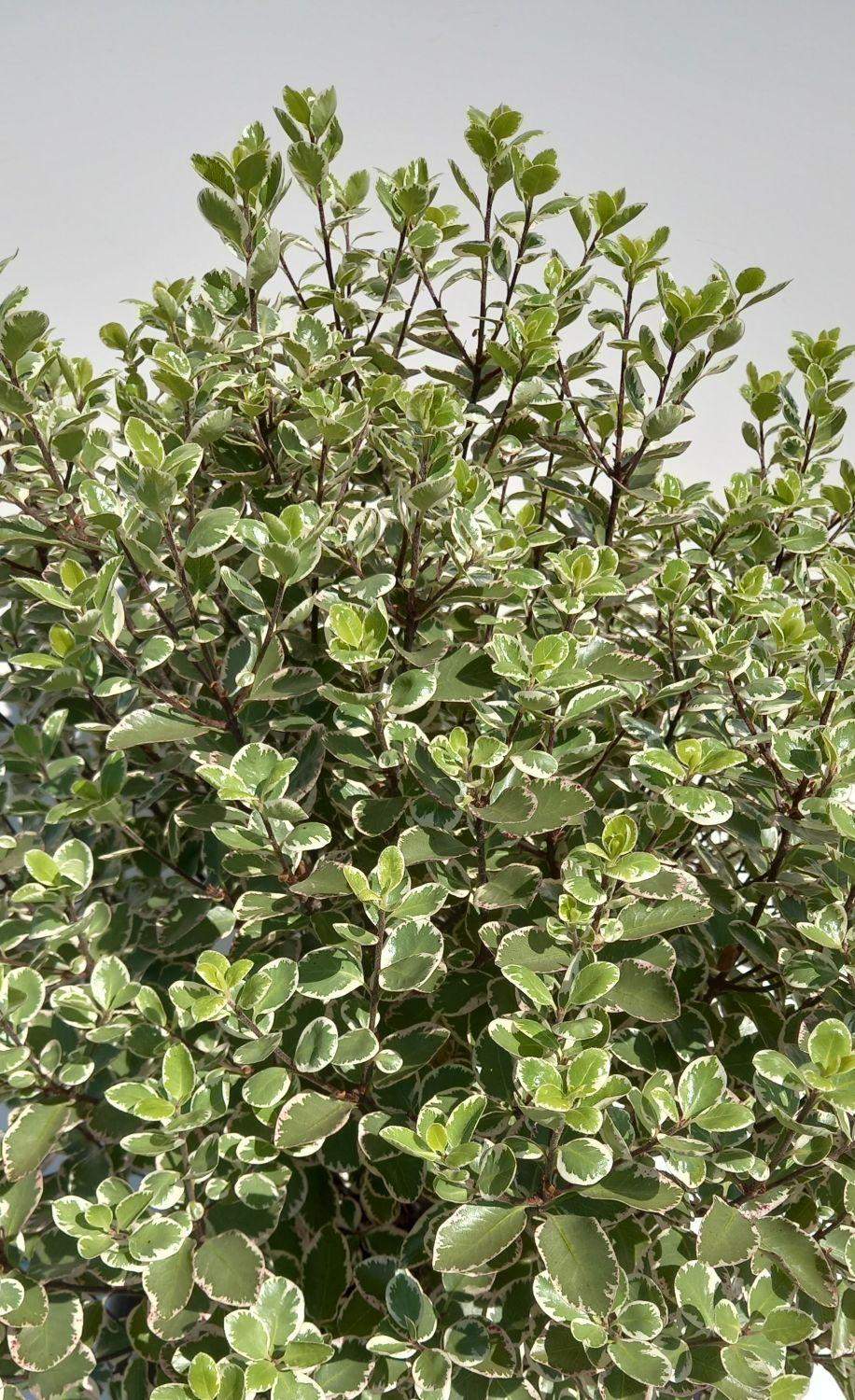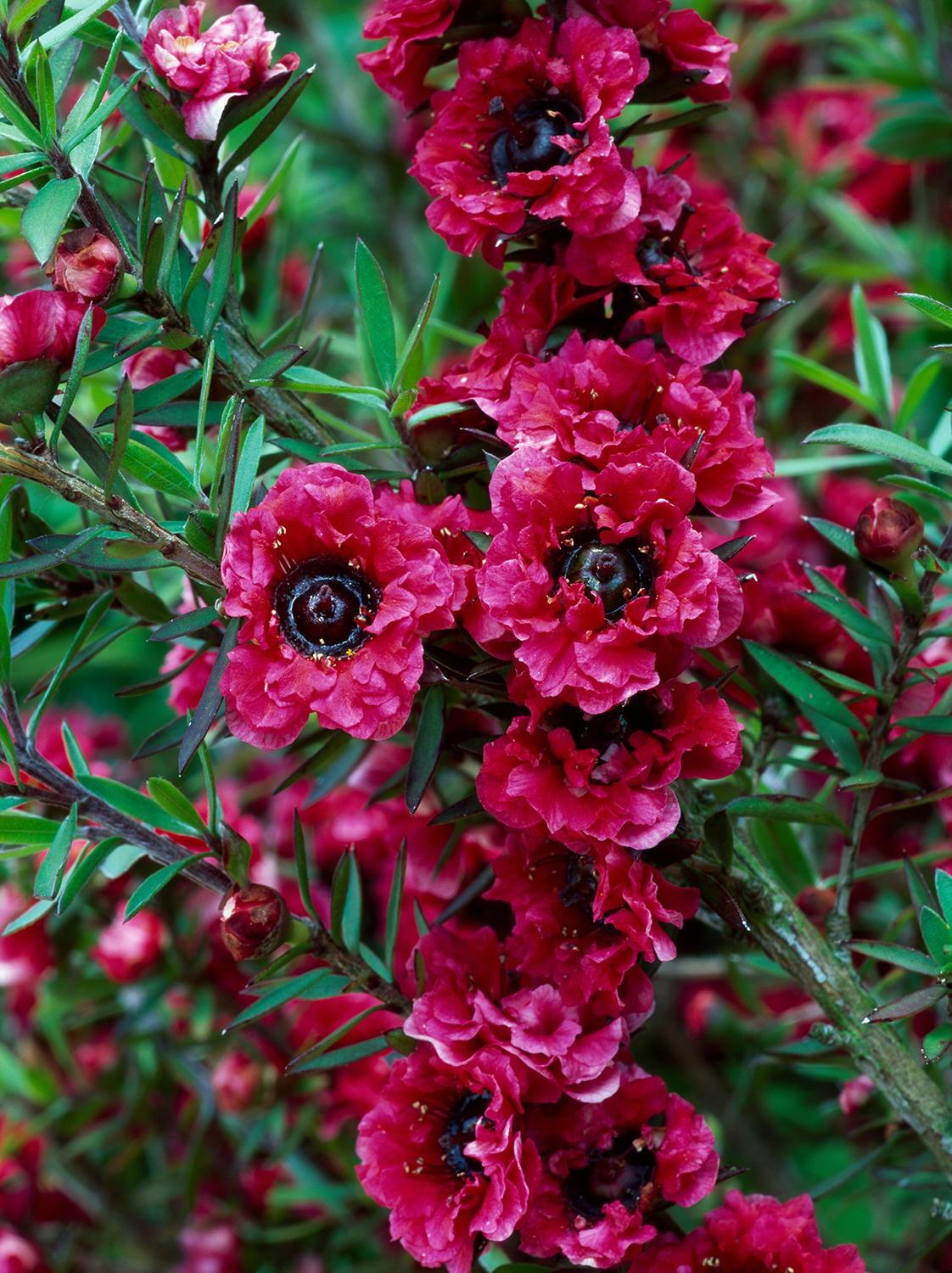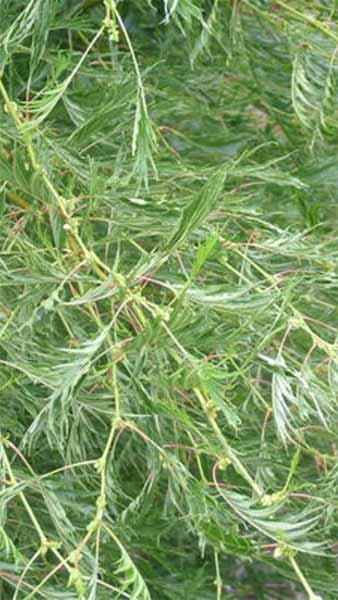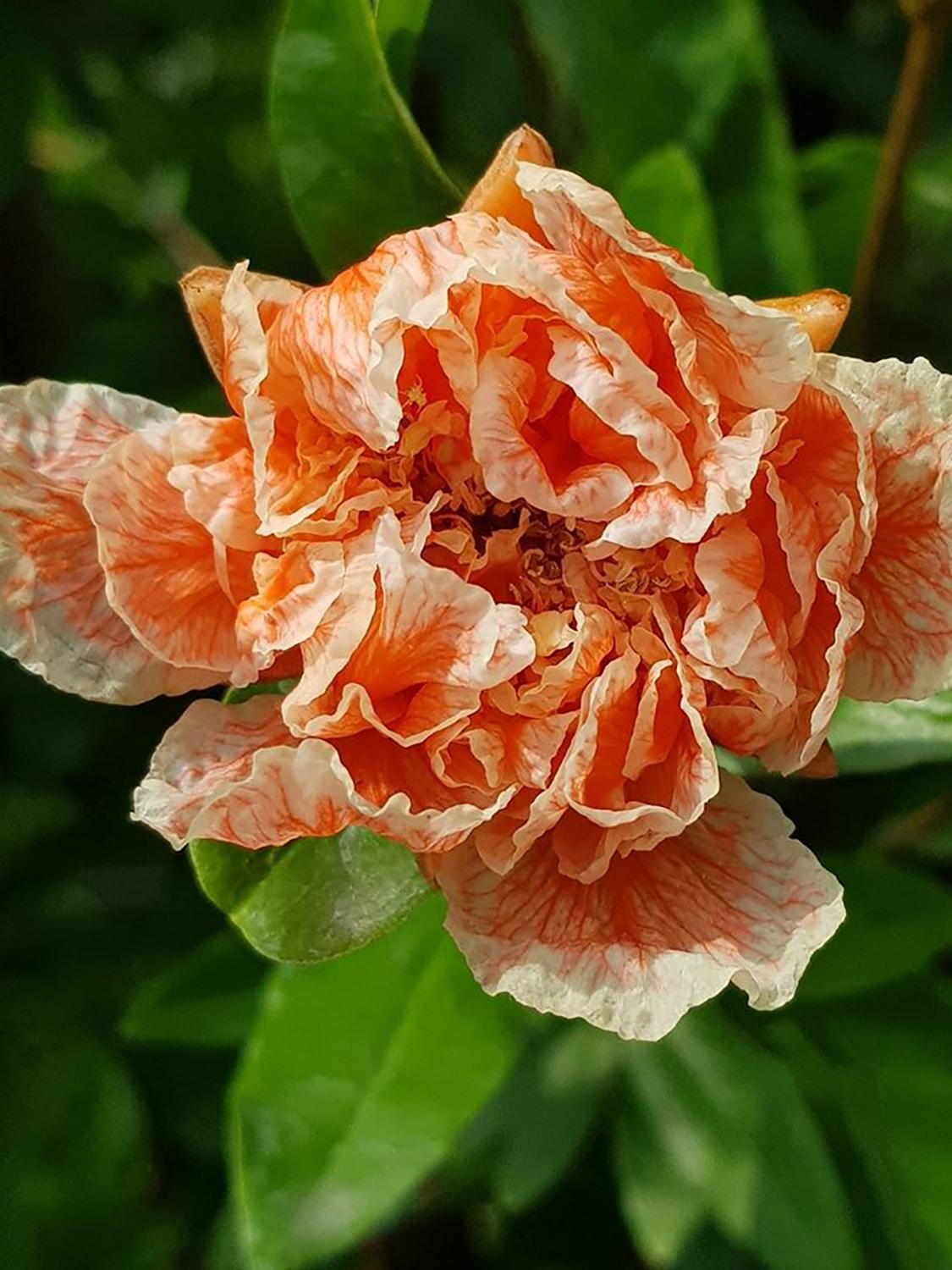Pittosporum Tenuifolium Golf Ball. Pittosporum Pom Pom
Pittosporum Tenuifolium Golf Ball (Pittosporum Pom Pom)Pittosporum Tenuifolium Golf Ball is a compact, low-growing, bushy and rounded evergreen shrub. It has black stems which are slender and bear glossy, bright green, oval leaves. A very fashionable specimen, this elegant shrub will reach its rounded, pin-cushion shape all on its own, though it tolerates heavy pruning and trimming so you can manage its appearance as well. Pittosporum Golf Ball makes for a good alternative to Buxus and Ilex Crenata. It is similar in shape to its purple leafed relative Pittosporum Tom Thumb.A member of the Genus Pittosporum, this variety is also known as Tawhiwi Golf Ball, and Kohuhu Golf Ball. This variety of Pittosporum has interesting, discrete purple flowers which are quite fragrant, small, and begin as a brown flush in the spring, developing into a more purplish hue in the summer time. The flowers are followed by dark grey, encapsulated seeds developing later in the season.Pittosporum Golf Ball will reach an ultimate height of 2.0 metres and a spread of 1.2 metres or so in the course of its 10-20 year time to full maturity. An excellent fit for beds and borders, they can be planted in full sun or partial shade, though their leaf colour will be most pronounced in full sun. Cold, drying winds are not friendly to Golf Ball, so best to plant them in somewhat protected exposures. Suggested Aspects would be South, East, or West. They can be tender and susceptible to frost injury, and are considered hardy to zone H3 in the UK and Ireland.Pittosporum Tenuifolium Golf Ball prefers soils that are well drained, but moist. pH should be near neutral, slightly acidic, or slightly alkaline. Plant in fertile soils with good humus content but not so much as to effect drainage for they don’t tolerate ‘wet feet’ very well.They tolerate heavy pruning, and can be grown as a hedge. When pruning Pittosporum Golf Ball, do so in the spring through midsummer for best results. They are generally pest free and practicing good cultural practices like site selection, keeping a healthy plant, and removing dead growth, then disposing of it away from the garden area, will generally keep your Golf Ball happy and strong.Due to their relatively low maintenance requirements, and suitability to trimming, Pittosporum Tenuifolium Golf Ball can be used in city or informal cottage gardens, as a screen or a hedge, along a wall side or trellis, or as a bed or border.
